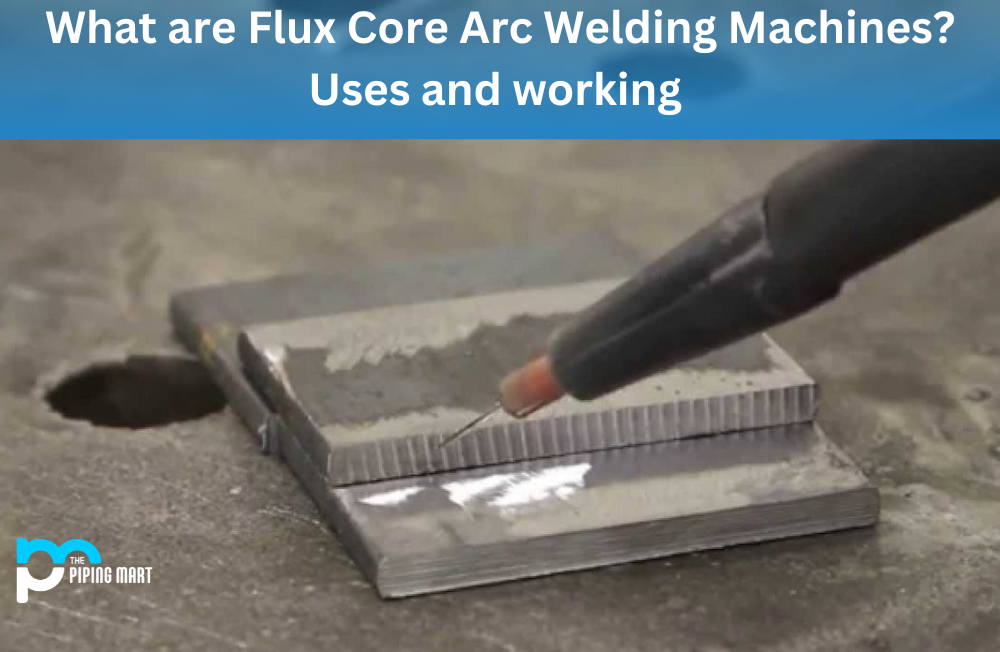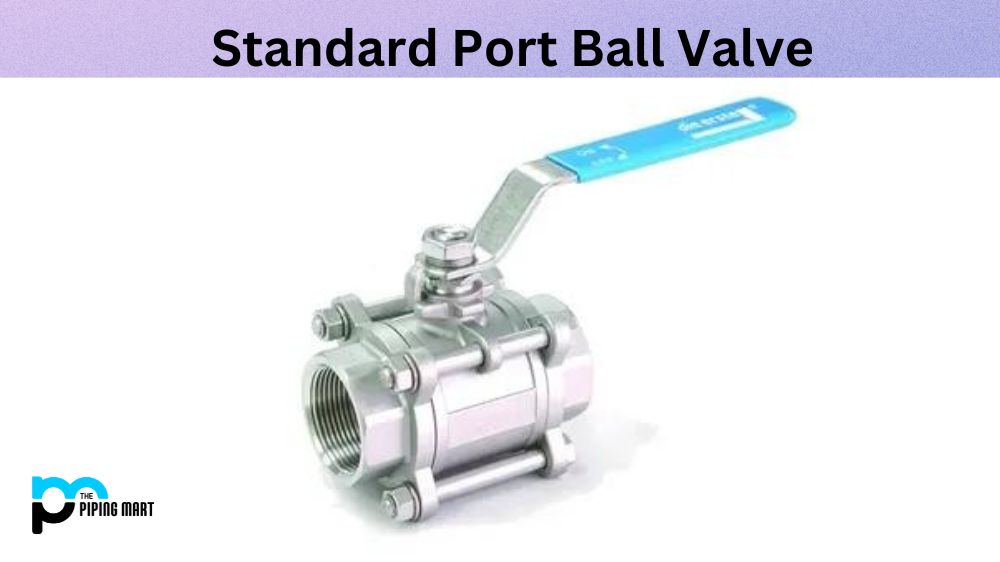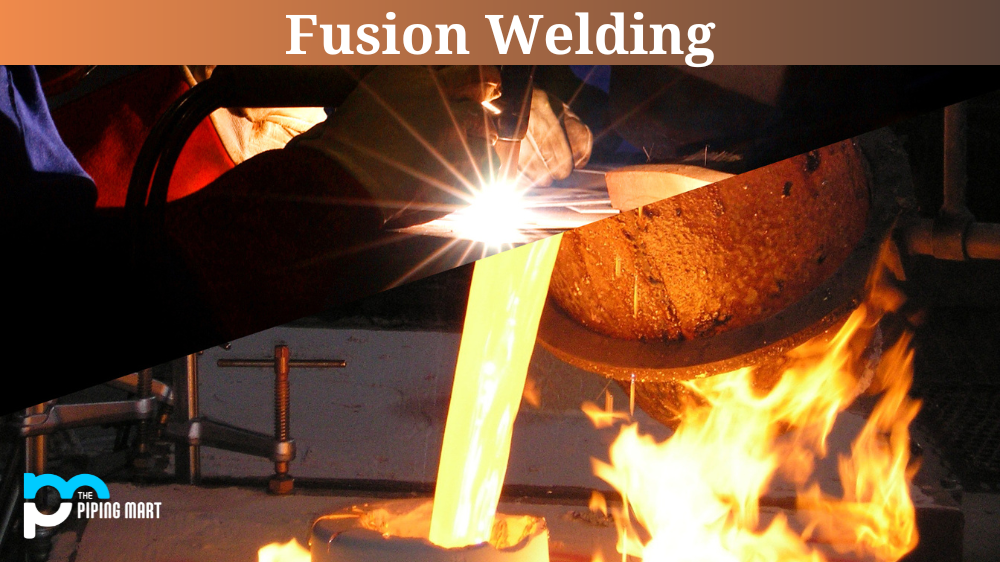If you’re a metalworker or welder, chances are you’ve heard of MIG welding. But what exactly is it, and how does it differ from normal welding? Let’s take a closer look at the differences between these two types of welding so that you can determine which one is best for your project.
What is MIG Welding?
MIG stands for Metal Inert Gas, which is also known as Gas Metal Arc Welding (GMAW). It utilizes an electric arc to join together two pieces of metal, such as steel or aluminum. The arc is created by a wire electrode that feeds through the gun and into the joint. This wire contains flux which helps protect the weld from oxidation. The metal being welded must also be protected from oxygen in the atmosphere with inert gas, hence the name “Metal Inert Gas” welding. This shielding gas prevents oxidation by providing an inert barrier between the workpiece and the atmosphere. The most common gases used are argon and carbon dioxide.
MIG welding is considered one of the easiest forms of welding to learn because it doesn’t require a lot of skill or precision to get good results. It’s also one of the fastest forms of welding due to its high deposition rates and fast travel speeds. However, it does require more expensive equipment than other types of welding, including a constant voltage power supply and shielding gas tanks.
What is Normal Welding?
Normal welding refers to any traditional form of welding, such as stick (SMAW) or oxyfuel (OFW). These types of welding utilize the heat generated from an electric current or chemical reaction to joining together two pieces of metal. Stick welding requires more skill than MIG because the welder must manually feed rods into the joint while continuously maintaining an even arc length and consistent speed around corners. Oxyfuel requires less skill but still involves precise techniques to get good results, including preheating metals before starting your weld and adjusting torch angles for different thicknesses. Both processes are slower than MIG but can be done with minimal equipment costs since they don’t require shielding gas tanks or constant voltage power supplies like MIG does.
Difference Between MIG Welding and Normal Welding
- MIG welding, or Metal Inert Gas welding, is a type of welding that uses an electric arc to weld metals.
- MIG welding is typically used for welding thicker materials, as it can provide a stronger weld than other types of welding.
- MIG welding is also faster than other types of welding, as it does not require the welder to stop and start the arc.
- MIG welding is a more expensive type of welding than other types, as it requires special equipment.
- MIG welding is considered to be a safer type of welding than other types, as it produces fewer fumes and smoke.
- MIG welding is not recommended for use with aluminium, as it can cause the metal to become brittle.
Conclusion:
When deciding between normal welding vs MIG welding, there are several factors to consider, such as cost, ease of use, speed, quality, etc., so make sure you evaluate all your options before making a decision on which type of weld will be best for your project. Ultimately though, if you want a fast process that produces high-quality welds with minimal skill required, then MIG might be the right choice for you! With its combination of high speed and quality results at an affordable price point, it’s no wonder why this type of weld has become so popular among metalworkers worldwide!

Abhishek is a seasoned blogger and industry expert, sharing his insights and knowledge on various topics. With his research, Abhishek offers valuable insights and tips for professionals and enthusiasts. Follow him for expert advice on the latest trends and developments in the metal industry.




